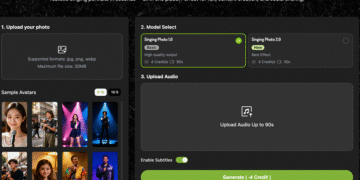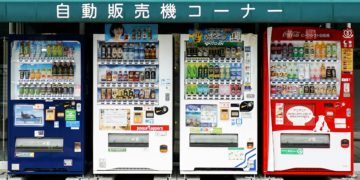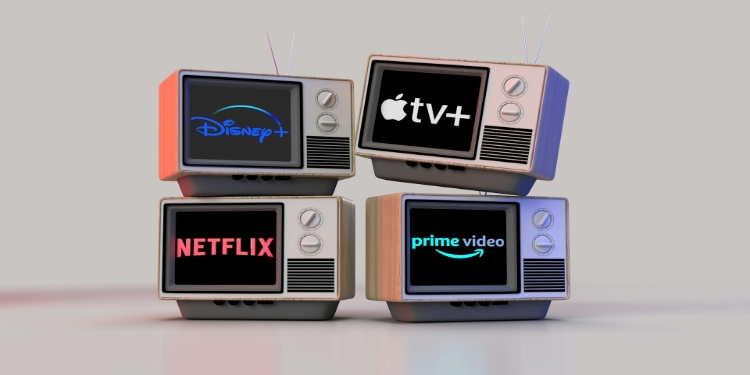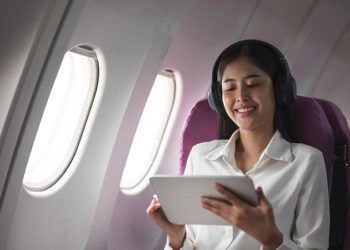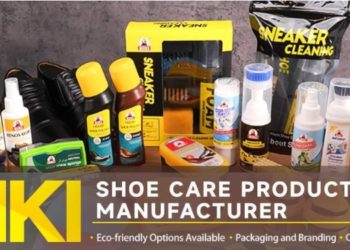Free trials are a tried-and-tested method in marketing campaigns, and they continue to be popular with consumers and brands alike. But, what types of free trials might be used? And why do they work? Let’s take a look.
What Do We Mean by Free Trials?
Free trials are used across a range of sectors. Whilst the majority of these might be in retail industries, such as Shopify, Asos, or Holland and Barrett, or subscription-based models like Spotify, NowTV, or Amazon, free trials are by no means limited to these applications. For example, one of the most common promotions for online casinos are free spins. This means that players can get more out of things like the Paddy Power slots collection through promotions like free spins welcome bonuses, deposit bonuses, and weekly giveaways. These promotions essentially allow players to trial a range of different games within the collection using their free spins before deciding which games they prefer.
With this in mind, free trials can be defined in a couple of different ways. On one hand, it can allow potential customers to use a product or service (or a premium version of said product or service) for a set period of time before deciding if you want to pay for it. This can be seen with services like Netflix, Audible, and Apple Music. On the other hand, it can provide customers (potential or existing) with the ability to trial specific things within the offered product or service so that they get the most out of their experience. This definition is exemplified by things like Paddy Power, as mentioned, as well as the Emma Sleep and Simba Sleep 200 night mattress trials, where you get your money back if you don’t like it after testing it out in the real world.

Source: Pixabay
Benefits of Free Trials
One of the key benefits of free trials is that it can boost conversion rates. This is because it essentially gives potential customers the opportunity to try before they buy. In general, this can increase conversion rates by an average of around 25%. According to an article by App Developer Magazine, consumers are 28 times more likely to make a purchase after a free trial. However, this depends entirely on the industry and the type of trial offered. For example, offering a 30-day free trial is the best way to boost conversions, as research found them 273% more effective than a 14-day trial.
Another benefit of free trials is that it shows consumers how confident you are in your product, and asserts a customer-centred ethos. By offering the product or service for free initially, brands get to prove themselves to consumers, and, if not, consumers aren’t financially impacted. This can build trust and loyalty between a brand and customer. However, free trials can be taken advantage of, so it is essential for brands to keep track of people who might try gain the system.
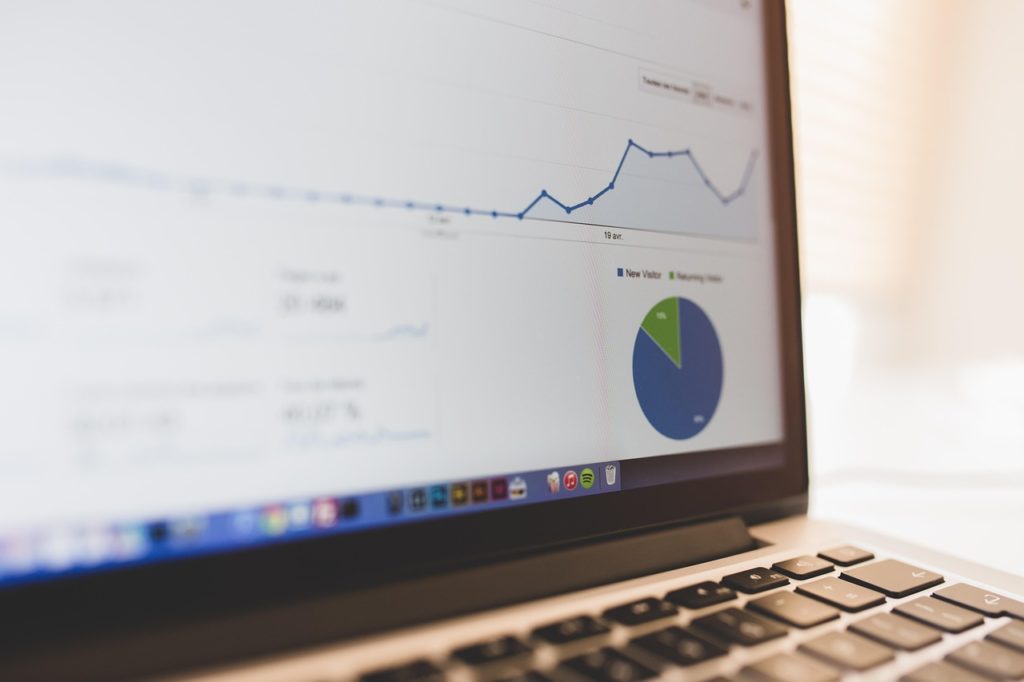
Source: Pixabay
Overall, free trials can be effective in a range of different sectors, for multiple different types of businesses. Free trials can benefit both brands and consumers by minimising risk and encouraging informed decision making before purchasing.
David Prior
David Prior is the editor of Today News, responsible for the overall editorial strategy. He is an NCTJ-qualified journalist with over 20 years’ experience, and is also editor of the award-winning hyperlocal news title Altrincham Today. His LinkedIn profile is here.






